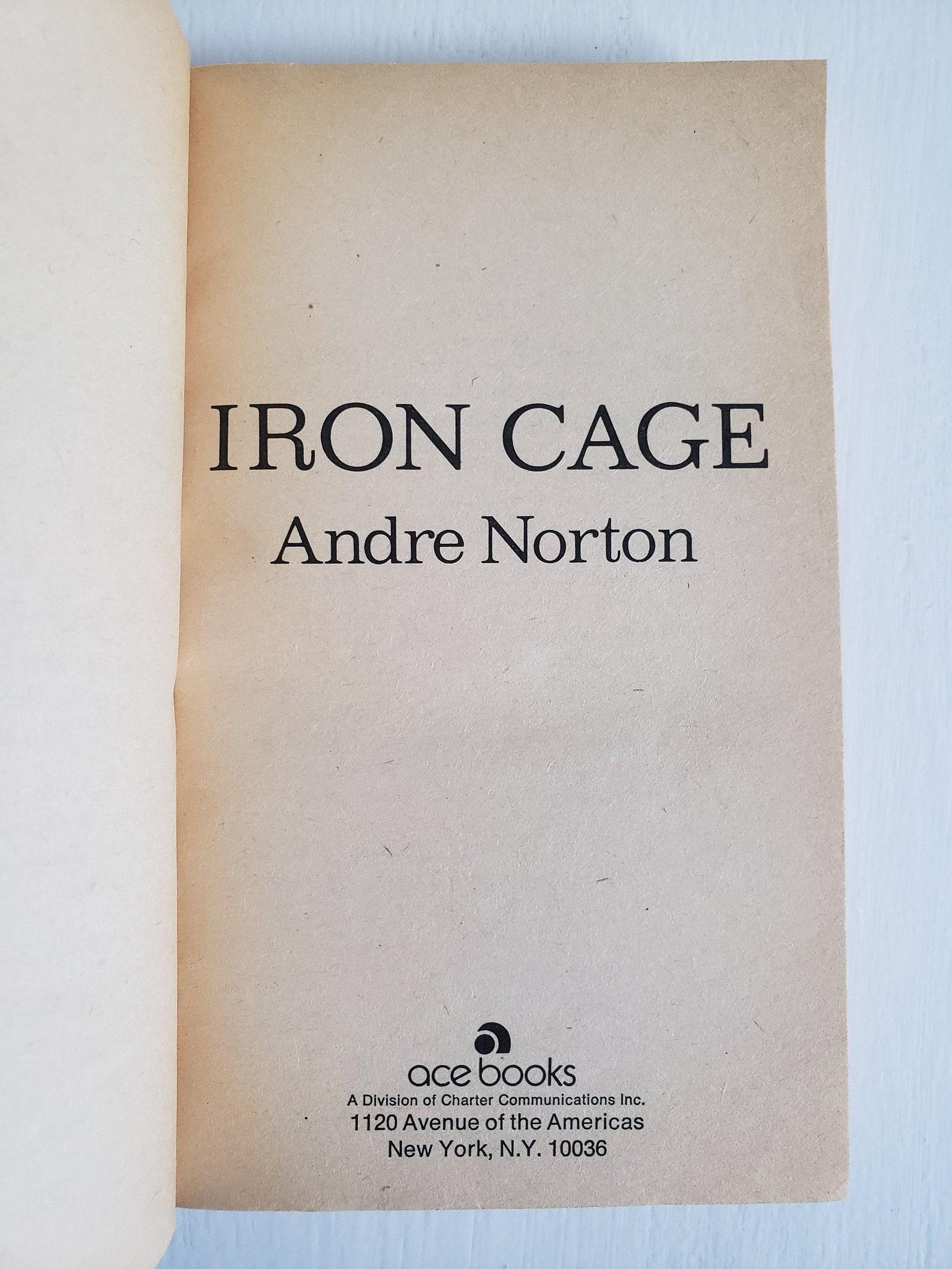


Almost all of these books – with the exclusion of sequels and prequels added late in life, almost always co-signed by at least one collaborator – were written solo.

An interregnum follows and subsequently the galaxy is re-explored by a chastened humanity. For about two decades, starting in 1950 or so, she concentrated on sf novels, most of them gathered into series which were in turn treated as loose units in a broadly conceived common galactic superseries – an essentially traditional Future History that begins just past the Near Future, Norton having had limited interest in sf tied closely to the present time – and focuses on early phases of expansion through Space Opera conflicts generally focused around the Colonization of Other Worlds, until a Galactic Empire comes into being. Norton's mature career can, very roughly, be divided into two equal periods, the first period being of much greater interest than the second. She came to sf proper only in 1947 with "The People of the Crater" for Fantasy Book #1, as by Andrew North, a pseudonym she used also for three novels the story was included in Garan the Eternal (coll 1972) which, along with High Sorcery (coll 1970), The Many Worlds of Andre Norton (coll 1974 vt The Book of Andre Norton 1975), edited by Roger Elwood, Perilous Dreams (coll 1976), Moon Mirror (coll 1988) and Wizards' Worlds (coll 1989) assembles most of her relatively small output of short fiction. Norton began to publish fiction with The Prince Commands: Being Sundry Adventures of Michael Karl, Sometime Crown Prince & Pretender to the Throne of Morvania ( 1934), a Ruritanian romance in which a Werewolf features her later World War Two espionage trilogy – The Sword Is Drawn ( 1944), Sword in Sheath ( 1949 vt Island of the Lost 1953) and At Swords' Point ( 1954) – was of limited genre interest. In the 1970s and 1980s, however, as her work changed in emphasis from sf to fantasy and as her popularity continued to grow, new novels and reprints alike were released primarily into the general market. A librarian for two decades before turning to full-time writing, she was one of the few sf figures of any stature to enter the field via Children's SF, and, though much of her work is fully as adult in theme and difficulty as most general sf, she was for many years primarily marketed as a writer for children and the Young Adult market. Initially the working name of US author Alice Mary Norton (1912-2005), but for most of her career her legal name.


 0 kommentar(er)
0 kommentar(er)
